Freight services • Wagon load / full train
Note: For educational purpose only. This page is meant purely as a documentation tool and has no legal effect. It is not a substitute for the official page of the operating company, manufacturer or official institutions. It cannot be used for staff training, which is the responsibility of approved institutions and companies.
In brief
Freight is often the origin of transport: this was the case for shipping, road transport and rail transport. A large number of railway lines were built from the coal mines, then linked these mines with the iron and steelworks, and then with the major seaports. From the outset, freight transport has clearly been about volume. This capacity is easily measured by the size of the wagons, which at the time was much larger than any cart. Freight transport shows just how essential the railway had become in the 19th century.
Freight transport quickly became an essential part of every sector of the industrial economy:
• bulk goods: ores, coal, fertilisers, cereals, timber, scrap metal, waste, quarry products, sand, etc.
• heavy goods: beams, plates, coils, slabs, tubes, building materials, etc.
• Chemicals: transport of hazardous liquids, certain gaseous products, oil, various fuels, etc…
• rolling stock: cars, agricultural equipment, all types of rolling stock, etc.
• intermodal units, a recent sector dating from the 1960s.
Economy and goods flows
Rail freight services in Europe have virtually all been taken out of public service, which does not mean that there are no longer any subsidies. Once essential to the nation’s needs, freight traffic has suffered from the sharp decline in heavy industry and the arrival of the oil era with its second industrial revolution (trucks, just-in-time delivery, etc.). But rail has also suffered from the reorganisation of industry into smaller units, from the ‘parcellisation’ of consignments, in large numbers but in continuous flow, and from the introduction of sophisticated industrial logistics:
>>> See: the decline of rail freight
All these circumstances have reconfigured national flows, while international flows have benefited from the open borders policy initiated by the European Commission in the 1990s:
• Reasons for rail reform;
• Industrial logistics today;
• Major goods flows, industry, the Alps and ports.
Main flows:
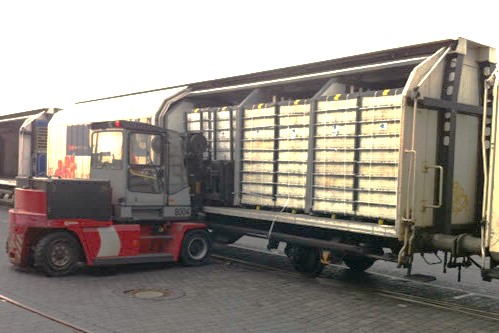
Single wagonload
• Yard technology ;
• Rolling stock ;
• Single wagonload economics
• Logistics

Full train
• Industrial logistics ;
• Rolling stock ;
• Full trains economics ;
• Logistics

Intermodal transport
• Intermodal transport basic ;
• Containers ;
• Swap bodies ;
• Semi-trailers ;
• Rolling highway ;
• Intermodal transport economics ;
• Logistics
Freight railway network
Originally, railway lines were created to serve industries, mainly mining and then the iron and steel industries. As they expanded, these lines formed interconnected networks leading to distribution centres on the outskirts of towns or within port areas. A large number of marshalling yards were created to group or ungroup freight wagons. These were the hubs for the many small freight yards at a time when rail was still the dominant form of transport. Today, most of these yards have disappeared in favour of large port or industrial complexes. Within this vast network, we can mainly distinguish :
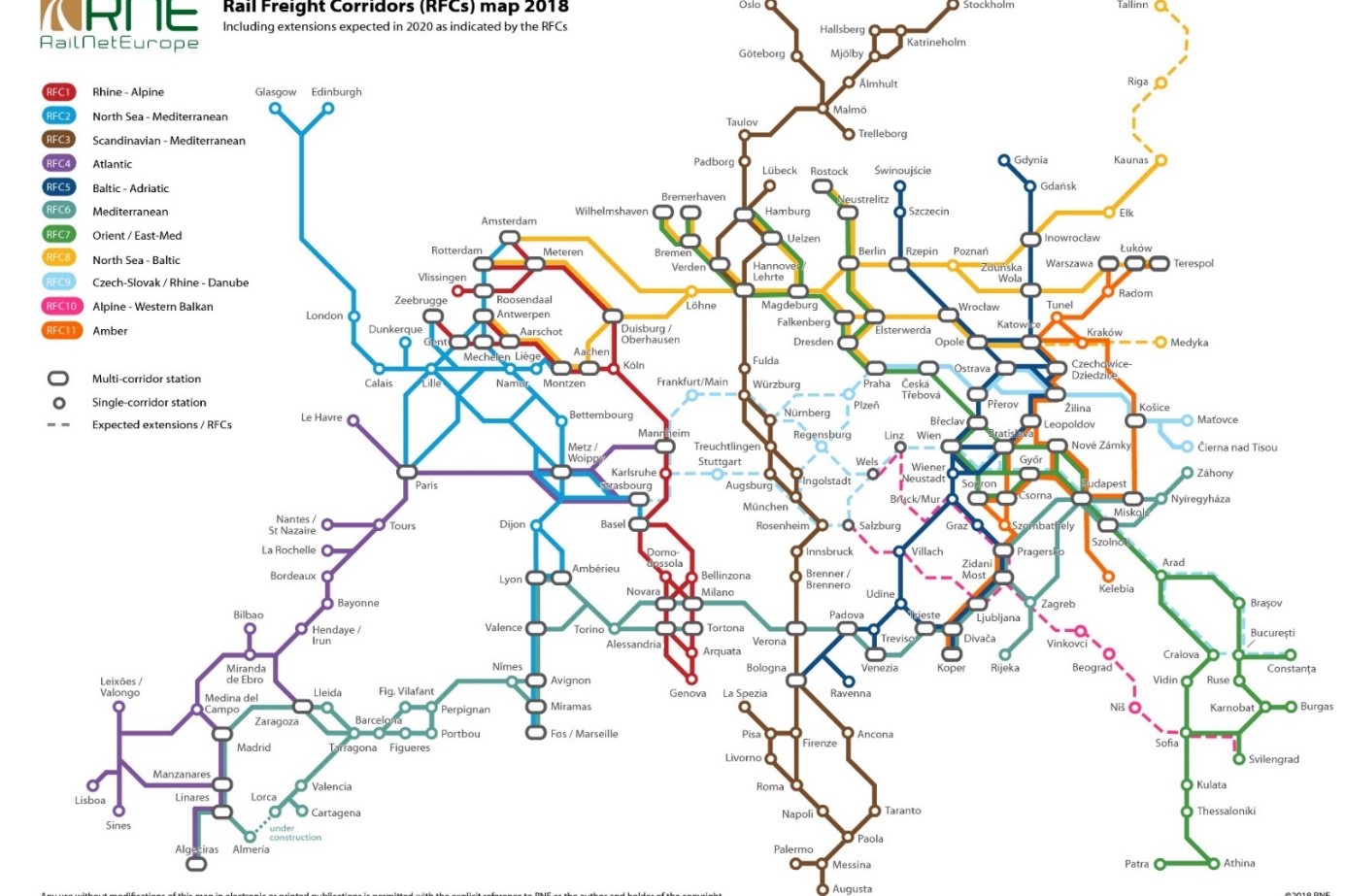
European networks
• The national network and its nodes
• Contract, consignment note and others
• Interoperable traction
• Rail freight corridors
• Crossing the Alps
• Europe’s major ports
• Atlantic corridor Atlantic
• Rhine-Alpine corridor
• North Sea-Mediterranean corridor
• The New Silk Road (China)
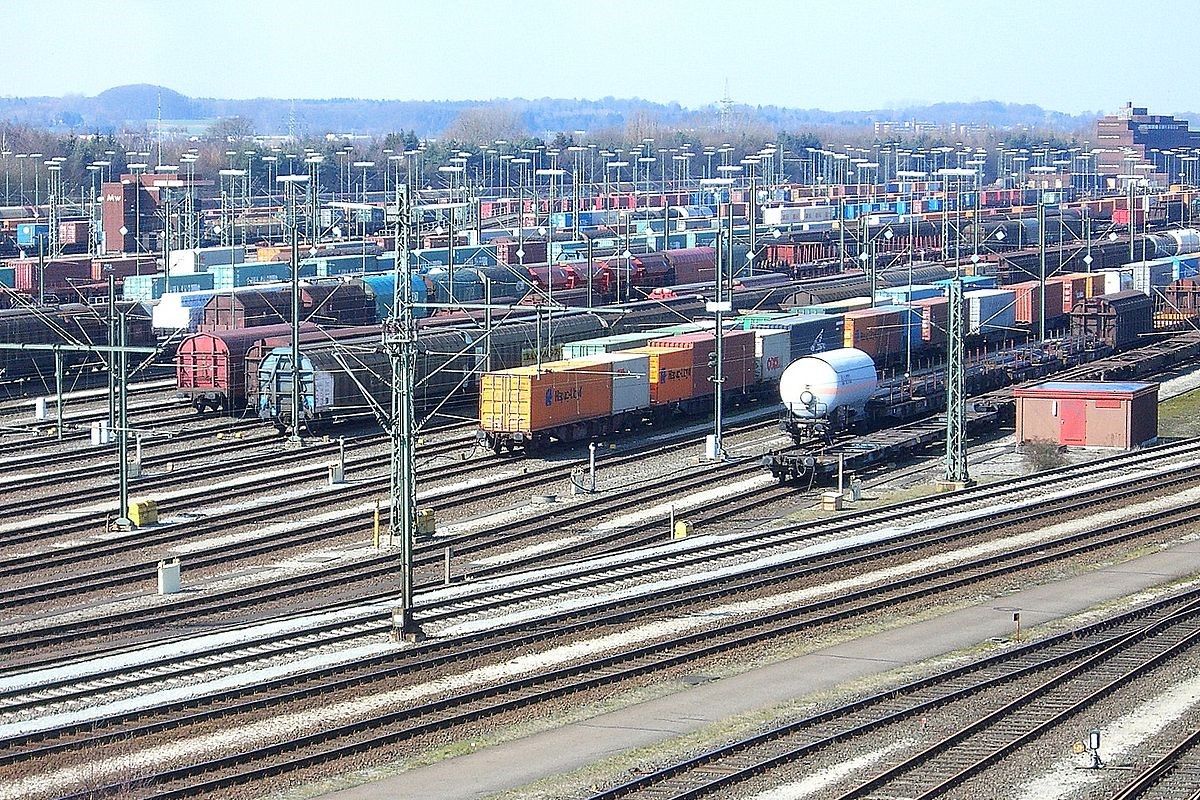
Marshalling yards
• marshalling yards for wagons
• intermodal terminals for intermodal units
Attempts have long been made to control marshalling costs:
• automatic coupling
• the intelligent wagon
• remote control of shunting trains

Industrial sectors
• serving factories;
• intermodal terminals for intermodal units;
• warehouses and logistics areas
However, a distinction must also be made between the various industrial sectors:
• bulk/cereals/minerals traffic
• automobile traffic
• packaged goods traffic
• chemical products
• intermodal traffic
Technologies
Operating traffic across the various networks requires the adoption of railway techniques. This section provides a comprehensive review of all wagon types, loading and operating parameters, including freight train traction. At the same time, both at national and European level, subsidised programmes have been set up to seek greater efficiency in wagons and their operation. This is leading to the adoption of future parameters for the wagon of the future.

Wagon types
• General design and techniques;
• Classification of freight wagons;
• type E bulk wagons;
• type G, H covered wagons;
• type S wagons;
• type Z tank wagons
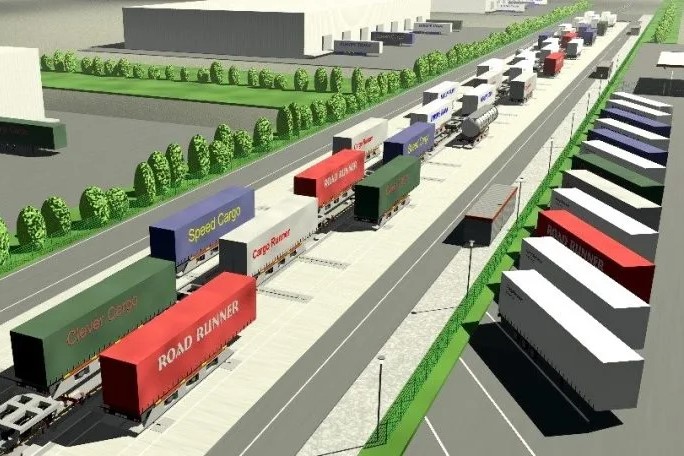
Technology research
• Technology at a glance;
• Shift to Rail ;
• 5L (Switzerland) ;
• Automatic coupling ;
• Long trains;
• Futurism

The wagon of tomorrow
• Innofreight ;
• Transant ;
• CargoBeamer ;
• Lohr Industrie ;
• Sensors on wagons
Rail freight law and economics
The entire rail sector cannot be put into operation without the necessary regulations, most of which are international. This section shows how non-EU countries such as Switzerland, Norway and Turkey, for example, must be brought on board. It also sets out the role of UIC, OTIF and ERA. The consequences of all this are the different types of contract that govern international rail freight. Finally, we conclude with the direct consequences of these policies through economic analyses: the integration of freight into logistics flows and the presence of various players vying for market share.

Who manages regulation?
• At OECD country level;
• At European Union level ;
• OTIF ;
• UIC ;
• ERA ;
• Standards bodies ;
• What is a railway consignment note?
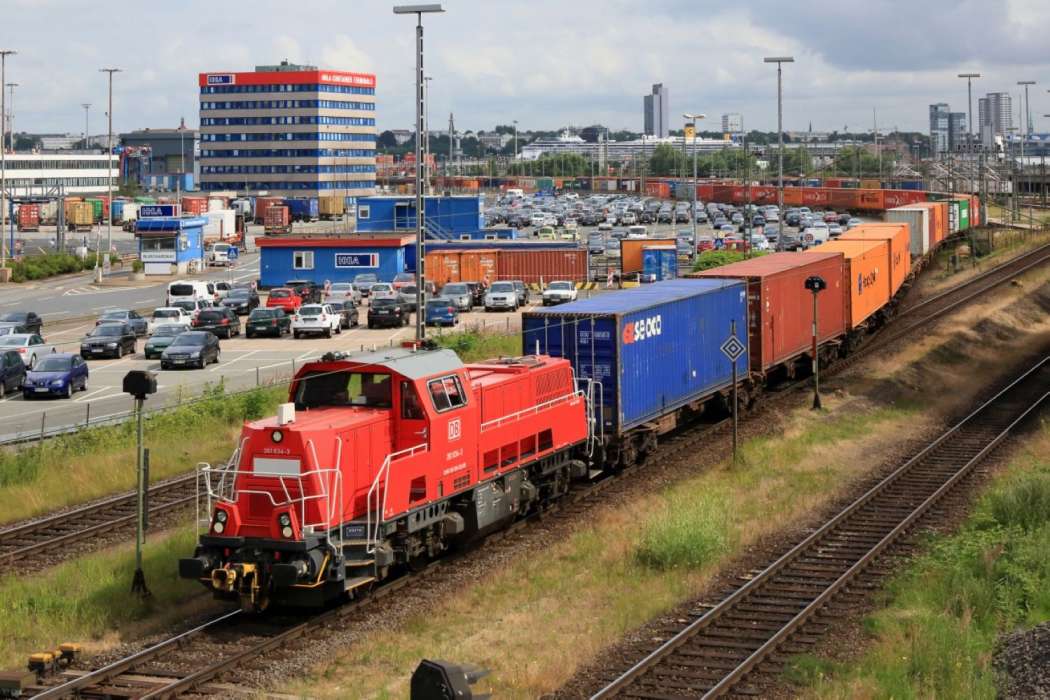
Interoperability, RID, security…
• CIM and CUV contracts;
• APTU and ATMF appendices;
• What is RID?
• The WG TECH working group

Economy and market share
• History: the decline of rail freight ;
• Railways and logistics ;
• Rail transfer policy ;
• Economic analyses ;
• Single wagonload and sidings ;
• Rail freight players
[TOP]
Freight services • Lexical
